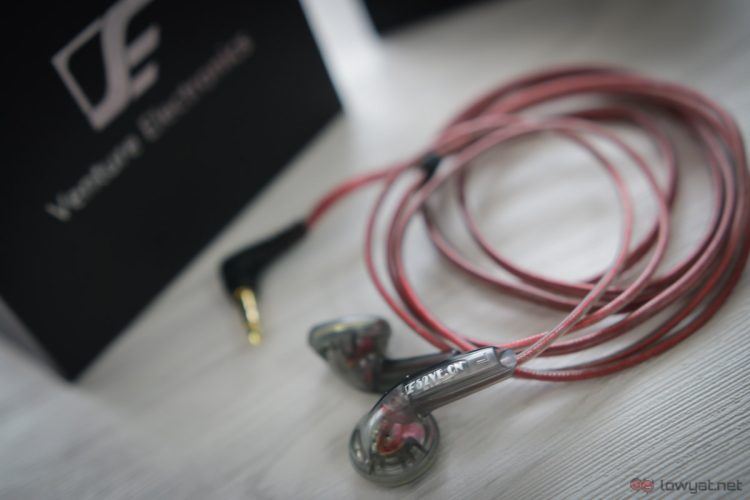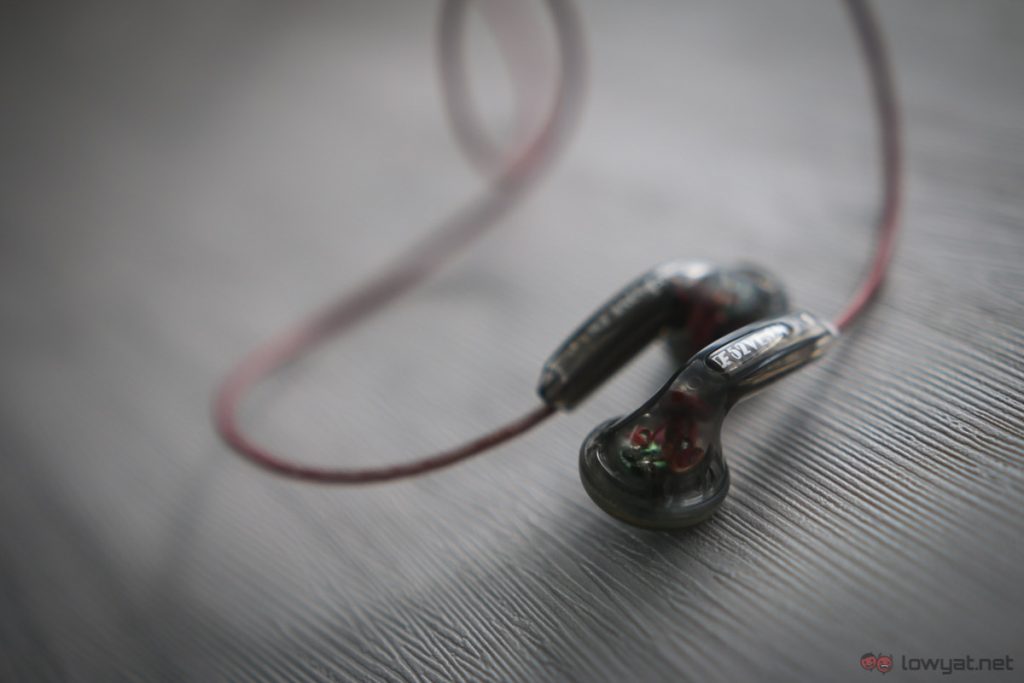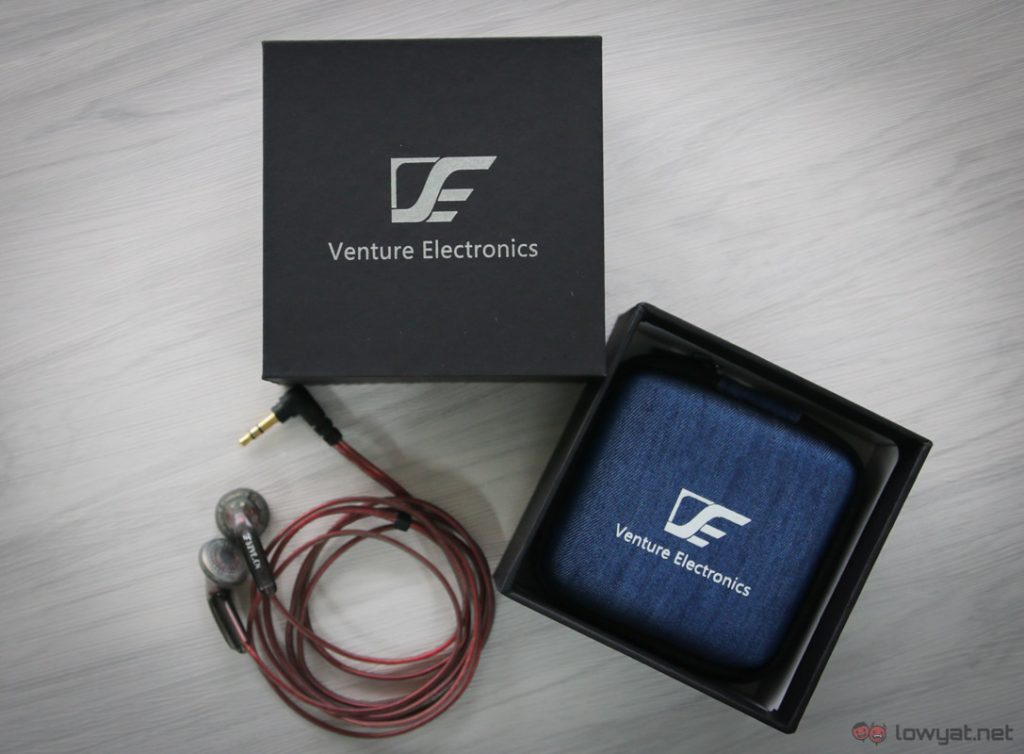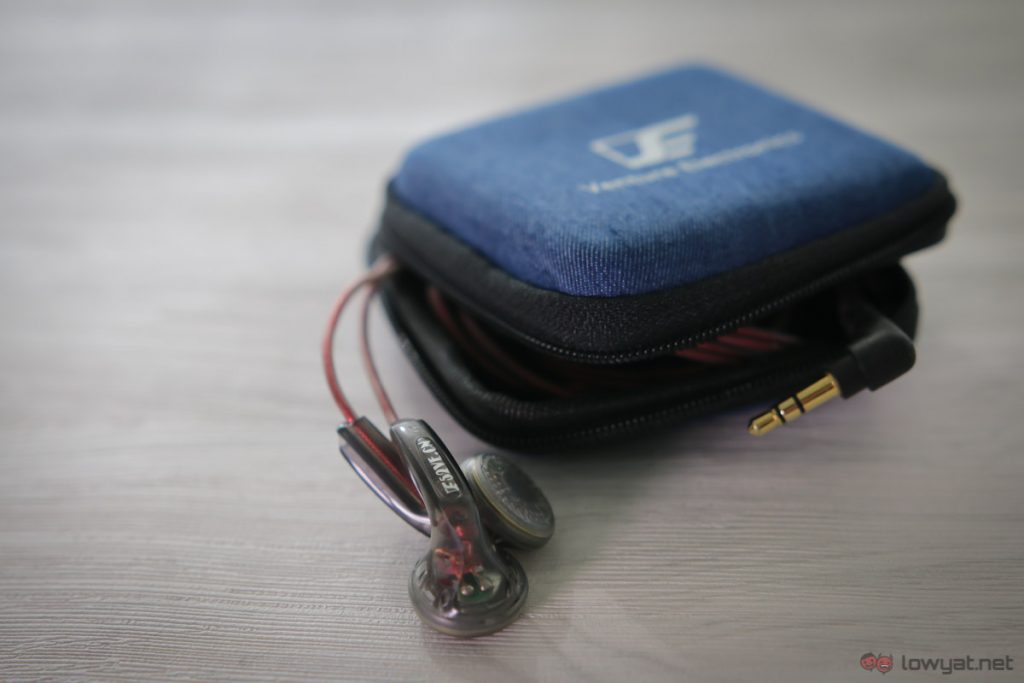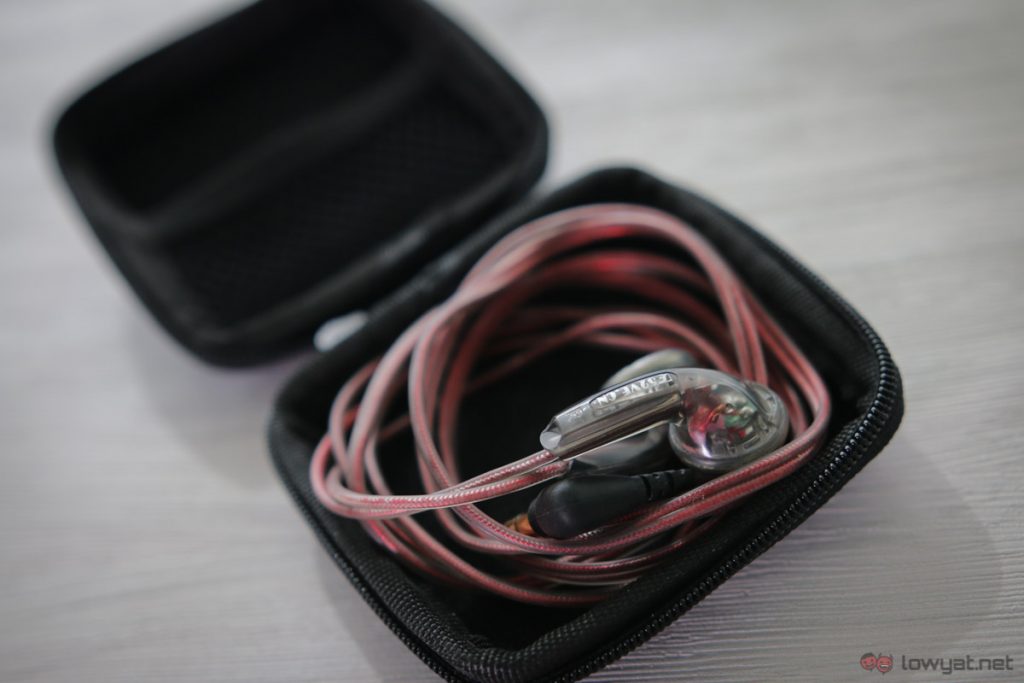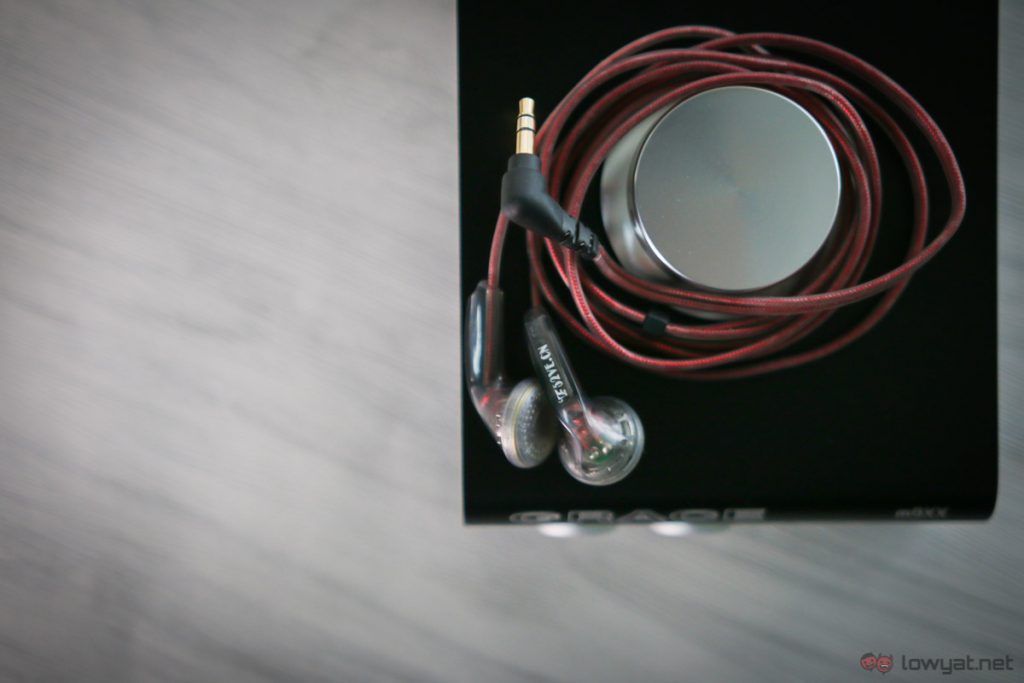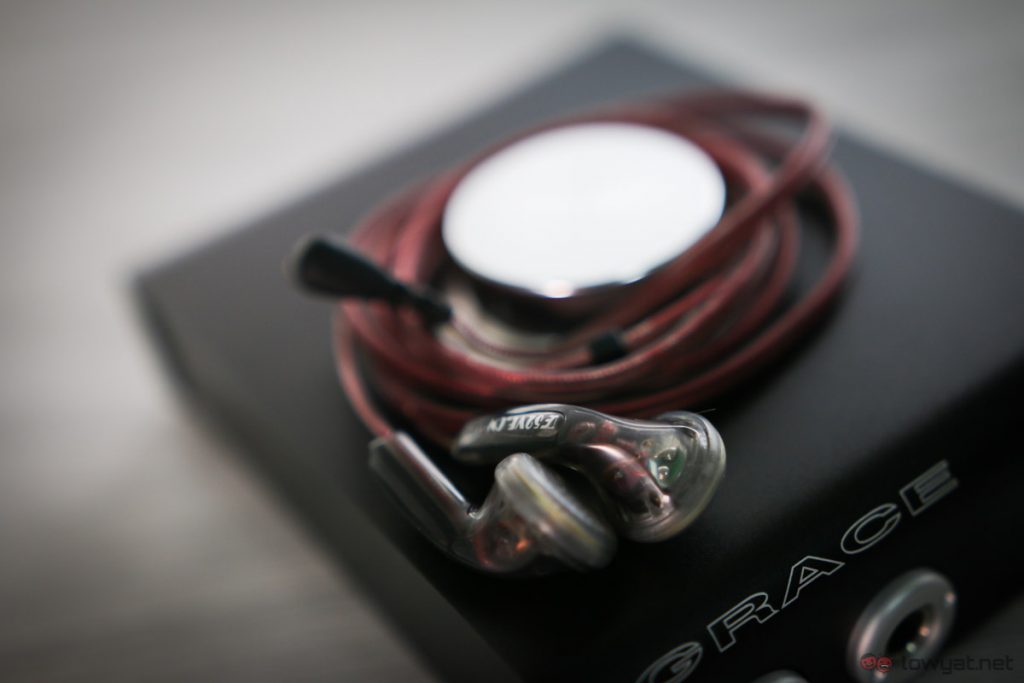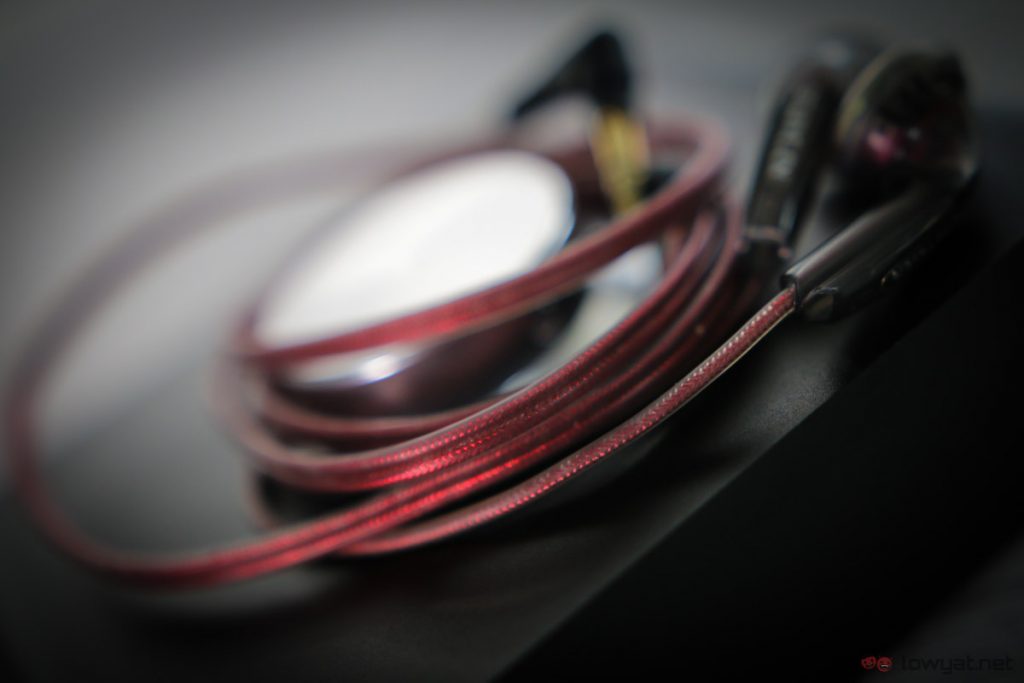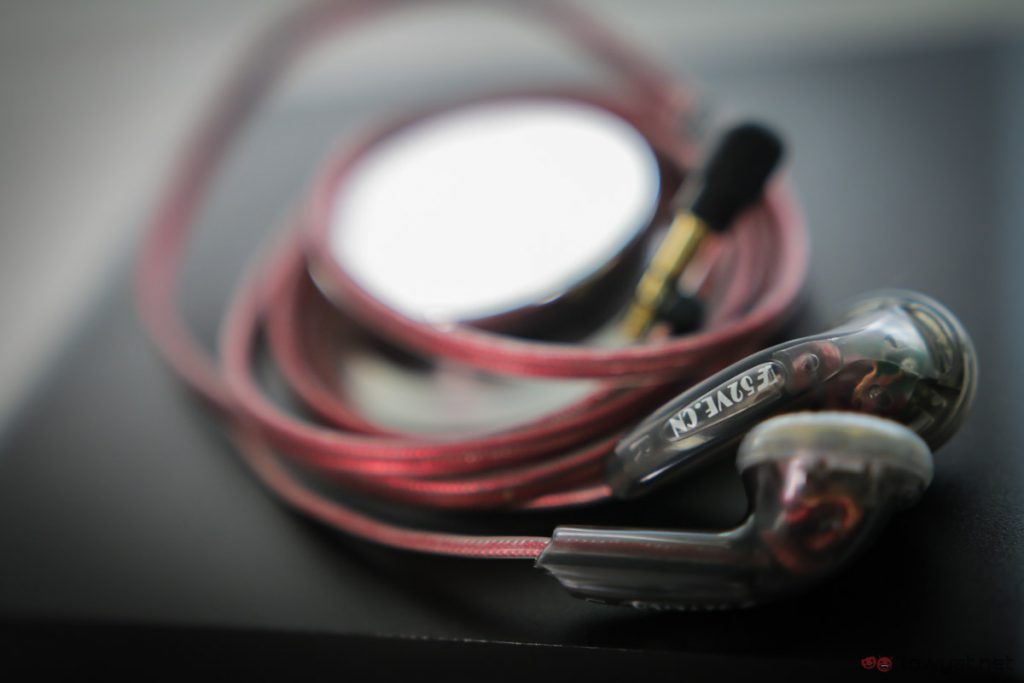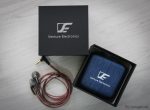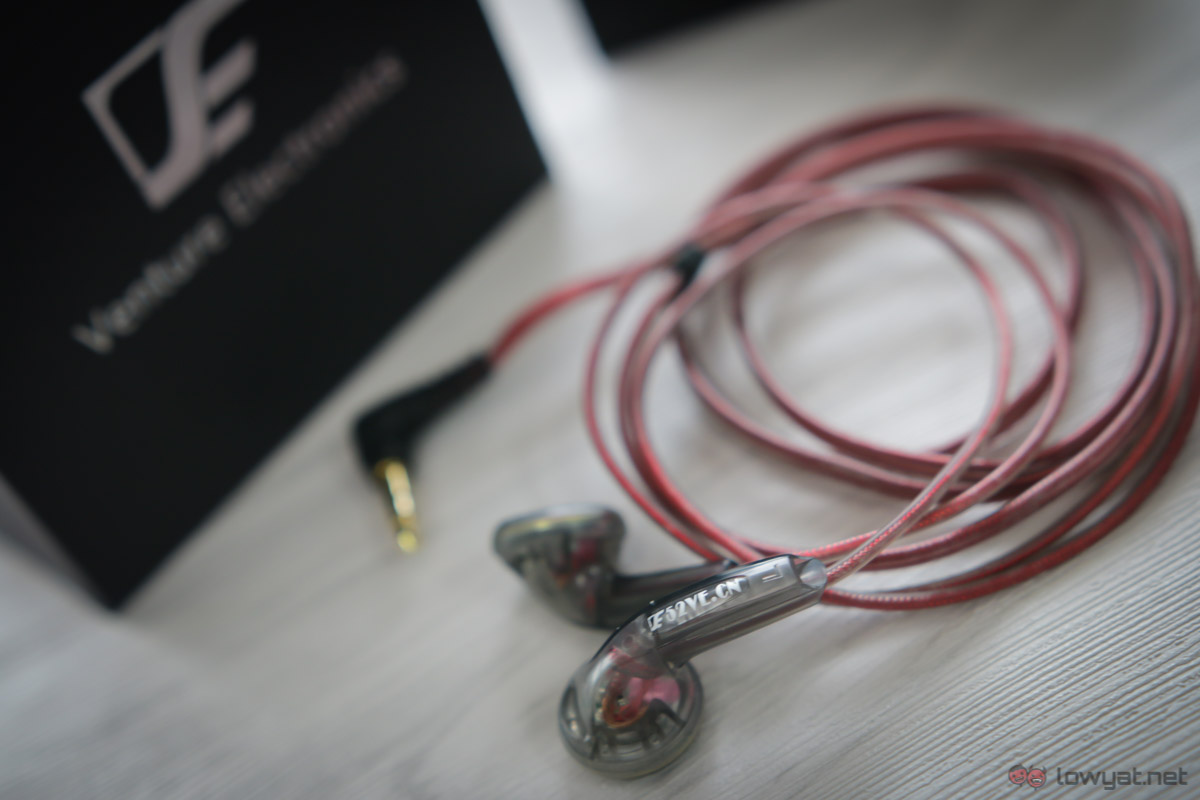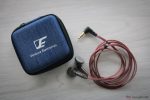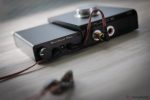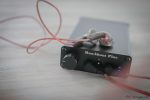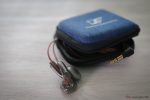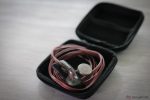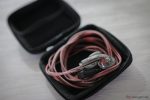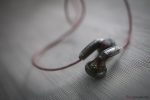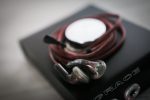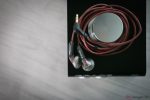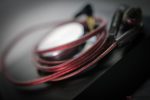We started this HiFi earbud endeavor with the Venture Electronics (VE) Monk Plus: superb sounding earbuds that cost a mere RM20. We then progressed to the vocal-centric Asura 2.0 which were equally as stellar but not as flexible sound-wise as the Monk Plus. Now, we’ve finally ascended up the path of audio bliss carved out by VE frontman himself, Wild Lee to reach the peak – the peak that is the Zen 2.0.
What Is It?
The Zen 2.0 is Venture Electronics’ flagship, top-of-the-line earbud that costs $148 or about RM650. While it obviously isn’t as wallet-friendly as VE’s Monk Plus, VE claims the Zen is capable of sounding like high-end, full-sized headphones while costing only a fraction of the price. Also like high-end headphones however, the Zen is only at its full potential through a proper source and amplification. More on this later.
Design
The Zen comes in a denim-textured hard-shell case with the Venture Electronics logo stamped on, a step above the packaging its younger siblings came in. The earbuds themselves feature the same enclosure as the ones found on the other VE buds.
If not for the cable, it would have been hard to distinguish the Zen with the cheaper Asura and clear-shelled Monk Plus. The Zen’s cable is of high quality, without a doubt. Its sleeve, much like the enclosure, is transparent and allows you to see the beautiful red cable weaves inside. It’s definitely more of a looker than its younger siblings.
Is it any good?
Firstly, it is important to note that the Zen has an impedance level of 320 ohms, making it harder to drive than the Asura 2.0 – more so than, say, the Monk Plus. This means that a dedicated amplifier is highly recommended to supply more power to the earbuds in order for them to sound their best. While you can still get adequate volume plugging the Zen in directly to a portable device, the sound will be both thin and slow.
VE recommends driving the Zen with their RunAbout Plus portable amplifier; and it isn’t just because it’s another one of their products. The RunAbout Plus (costing $98 or about RM430) is a powerful amplifier despite its portable build and it provides a slightly warm sound signature that pairs well with the Zen’s own sound signature.
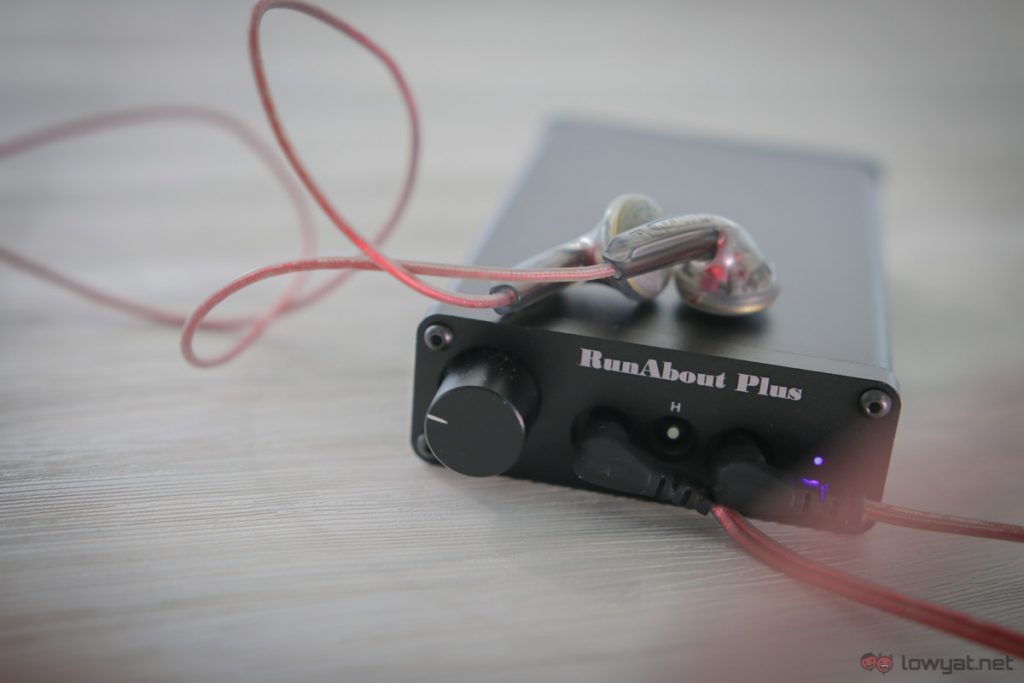
During my testing, I paired the Zen 2.0 with an AK70, a Caiyin N5, a Caiyin i5 and a Grace Design M9XX. Keeping it brief, the AK70 and M9XX provided a more natural and clean output, although the former was a tad bit underpowered. The Caiyin players on the other hand provided a more colored and fun presentation.
Pairing the RunAbout Plus to any one of them added extra warmth and oomph. My favourite pairing would be the M9XX and RunAbout Plus, where there was a balance between the clean and wide staging of the M9XX and the warm tonality of the latter.
The Zen on its own has a pleasingly warm and smooth tonality that allows vocals to sound unique and in a way, spectacular. There is ample weight and body to the vocals to provide a natural timbre found more commonly on full-sized cans.
The aforementioned remark can be extended to the bass as well: the Zen has a mid-bass bump similar to that of the Monk Plus, albeit at a more controlled and detailed level. The bass of the Zen, while tight and clear, is rolled off in the lower sub-bass region. But don’t forget these are earbuds we’re dealing with here; and with that in mind the bass is pretty exceptional.
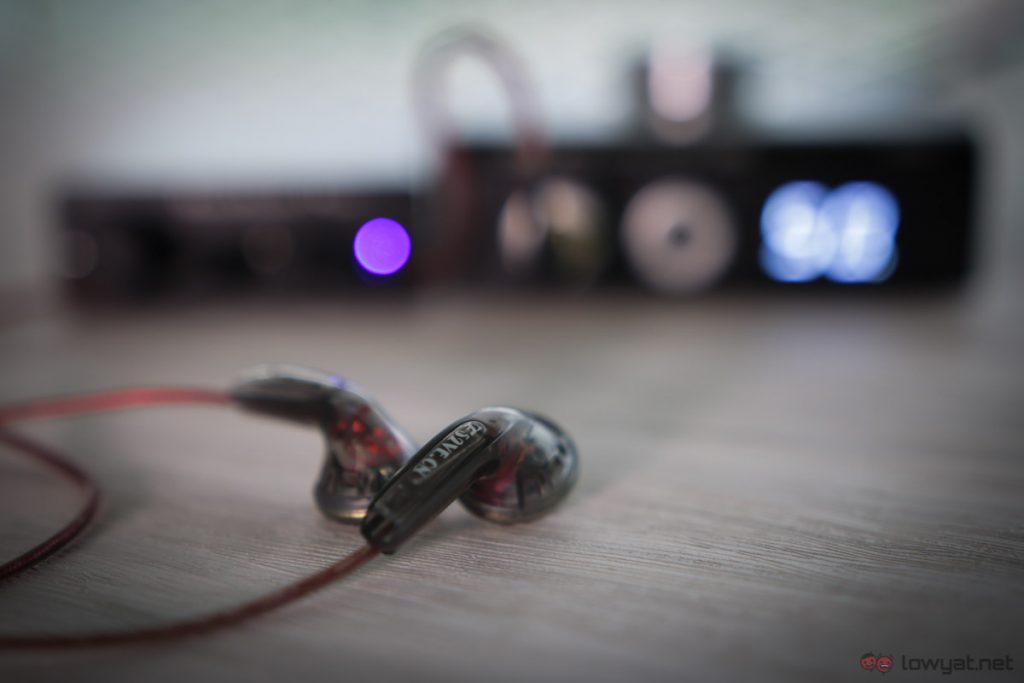
Moving on to the Zen’s mids, the earbuds handle both instruments and vocals with great control and tonal balance. There is no bias between male or female vocals with both being presented intimately and full of weight. The highs are a little rolled off though, so those craving for loads of sparkle and pop might find the Zen not up to par.
That being said, the Zen’s sound remains airy and full of detail. The soundstage of the Zen is similar to that on previous VE earbuds: surprisingly expansive, more so in width than depth to provide a more intimate presentation.
The highlight of the VE Zen would be its overall control across the frequency spectrum. As the earbuds are rolled off towards both ends, this makes the Zen sound very tame and precise to my ears.
I would say the Zen has a very “audiophile-esque” sound signature, no matter how controversial that term may sound. The Zen isn’t exceptionally bright to give the illusion of clarity, nor does it have earth-rumbling bass. It’s just…very well controlled.
The bad stuff. Tell me.
As astounding as the Zen sounds, nothing is perfect; there is no one size fits all earbud solution and the Zen is no exception. Many have complimented the Venture Electronics earbuds over how they sound but the one bane that plagues most listeners is the fit and comfort that these earbuds offer.
Even though Venture Electronics include an Expansion Pack of covers with the Zen, attempting to improve the fit of the earbud, these accessories also alter the sound signature drastically. Like the Asura 2.0, I prefer the Zen bare without any covers and you will find many other Zen owners that echo this preference.
As mentioned before, the Zen provides a very warm and controlled sound that would please most listeners and satisfy a plethora of music genres. But, those who prefer a more neutral or brighter sound signature might not find the Zen to be their cup of tea.
The Zen’s performance also relies heavily on its source and amplification. If you’re only going to listen to music straight from your smartphone, you’re better off going for VE’s Monk Plus instead; at least until you opt for an upgrade. In short, you need the right gear and the right ears to fully appreciate the Zen.
Conclusion
You should inarguably get the Zen if you: 1) Adore the sound signature Monk Plus and are ready to take it a level higher; 2) Are in possession of a proper amp or DAC to drive the Zen; and 3) Want to experience audio euphoria in the form of an earbud.
If you’re still a non-believer of great-sounding earbuds or if you’ve yet to try out a Venture Electronics product, I implore you to start with the RM20 Monk Plus. Their fit and sound won’t be for everyone, but it’s worth a shot. The Venture Electronics Zen 2.0 was crafted to be the pinnacle of earbud prestige, exuding expansive sound resembling that of open-back headphones, but you need the right tools to appreciate it.
Reference music:
1. ‘Watashi e’ – supercell, Nagi Yanagi [FLAC] – J-Pop
2. ‘Whistle’ – BLACKPINK [FLAC] – K-Pop
3. ‘I Feel It Coming’ – The Weeknd, Daft Punk [FLAC] – R&B
4. ‘In The Name Of Love’ – Martin Garrix, Bebe Rexha [320kbps MP3] – Dance/Pop
5. ‘Spanish Harlem’ – Rebecca Pidgeon [FLAC] – Jazz
6. ‘Beautiful Lie’ – Hans Zimmer, Junkie XL [320kbps Mp3] – Film/Orchestral
7. ‘Sparkle’ – RADWIMPS [FLAC] – Rock
8. ‘Bubbles’ – Yosi Horikawa [FLAC] – Electronic/Experimental
Source and Amplification
1. Grace Design x Massdrop M9XX – DAC/Amp
2. Venture Electronics RunAbout Plus – Amp
3. Astell&Kern AK70 – Digital Music Player
4. Caiyin N5 – Digital Music Player
5. Caiyin i5 – Digfital Music Player
6. Nexus 6P – Smartphone
7. Lenovo Y510P – Laptop

